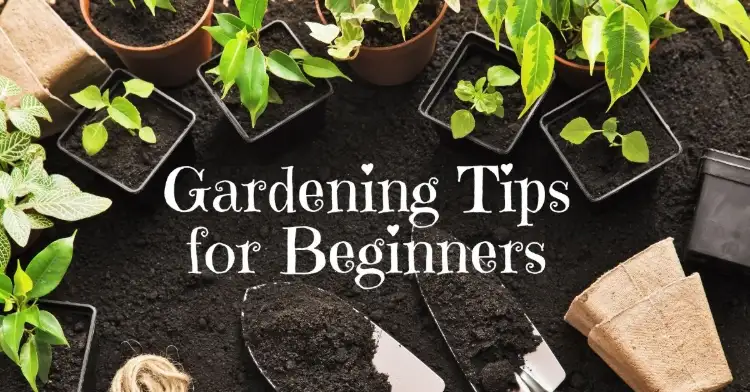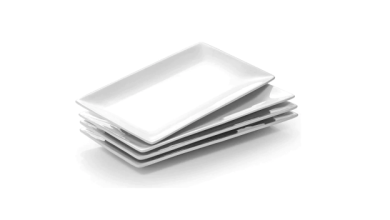Beginner’s Gardening Tips

It can be confusing to begin gardening if you are new. This guide will help you choose the right plants and keep your garden healthy. For help in starting your own garden, read on!
Choosing plants
There are several things you should consider when choosing plants for your garden.
climate – Choose plants that can thrive in your environment. Some plants can only be grown in warm climates while others are best suited to colder environments.
Sun exposure: To grow properly, most plants require at least some sunlight exposure. Before you choose your plants, consider how much sunlight your garden receives.
soil type – The soil in your garden can also impact the success of plants. Some plants thrive in sandy soil while others require clay or loam to thrive.
water requirements – Different plants have different water needs. You should ensure that your plants can withstand the water requirements of your garden.
These factors will help you choose plants that are more likely grow well in your garden. You can make your garden beautiful and productive for many years.
Use the right tools
The right tools can make a big difference in gardening. These are some of the most important tools for beginners.
Shovel:
For digging and turning soil, a shovel is essential. You should choose the right shovel for you.
Spade:
A spade looks similar to a shovel but has a shorter blade which is more useful for digging in tight places.
Rake:
A rake can be used to level out soil or remove debris.
Hoe:
You can use a hoe for many tasks including weeding or aerating soil.
Auger is a tool used to drill holes in the ground. You can use it to plant trees or other plants and for installing irrigation systems. An auger can make it so much easier to plant trees and other plants.
Watering can :
It is vital to have a watering can for your plants. The right size is important for your garden.
A toolbox trolley can be useful for many tasks around the garden. The toolbox trolley has multiple compartments for tools storage and also includes a workbench to be used for sawing and hammering. It can be moved easily around your garden making it an easy way to store all of your tools.
These tools will ensure that you are ready for whatever your garden throws at it!
Related Article What’s an auger?
Prepare your yard
It is important to prepare your soil before you plant anything in your garden. These are some tips to help you prepare your soil.
Take out any soil debris, including rocks and weeds.
To improve the soil’s quality, add compost or fertilizer.
To loosen the soil, till it or aerate it.
Check the soil’s pH and adjust it if needed.
Choose the best location for each plant when it is time to plant. Consider the sun exposure and water needs of each plant. After you have chosen a location, dig a hole twice as large and deep as the root ball. Place the plant gently in the hole, and then fill the hole with soil. To retain moisture, water the plant and place mulch around its base.
You can give your plants a greater chance of flourishing by taking the time to prepare your soil. You can make your soil healthy for plants with a little work!
Care for your plants
Regular care is necessary to maintain the health of your plants. Here are some tips to care for your plants.
Water frequently:
Most plants require watering at least once per week. Make sure to check the soil before you water it.
Fertilize regularly:
Make sure you use a fertilizer specifically made for your plants. Pay attention to the instructions on the package.
Pest Control:
There are many ways to get rid of pests in your garden. Pesticides, traps and other methods can be used to control pests in your garden.
Weeding:
Your plants are in competition with weeds for nutrients and water. Regularly remove them from your garden.
Harvesting your crops
It is important to carefully harvest your plants when they are ready for harvest. Here are some tips to harvest your crops.
Pick fruits and veggies when they are fully ripe.
Avoid causing damage to the plant by using pruning shears or sharp knives.
After handling pesticides and other chemicals, be sure to wash your hands.
These tips will ensure your plants are productive and healthy. You can have a bounty of harvest from your garden with a little bit of care.
Troubleshooting gardening problems
You’re not the only one having problems with your garden. These are some common problems in gardening and how to fix them.
Problem:
My plants aren’t growing.
Solution:
Your plants should be getting enough sun. You should expose them to direct sunlight at least six hours per days. Make sure the soil is not dry. You should water your plants more often if it is too dry. Make sure that you use the correct fertilizer for your plants.
Problem:
My plants are being eaten.
Solution:
There are many ways to get rid of pests from your garden. Pesticides, traps and other methods can be used to control pests in your garden.
Problem – My plants are wilting.
Solution:
Check that your plants get enough water. You can check the soil to determine if it’s dry. You should water your plants more often if it is dry. Make sure your plants aren’t crowded with other plants. Wilting can also indicate disease.
Problem – I can’t seem get rid of the weeds.
Solution:
Your plants are in competition with weeds for nutrients and water. Regularly remove them from your garden. To remove them, you can use a shovel, a hoe or other tool. To prevent them from growing back, you should pull them up by their roots.



